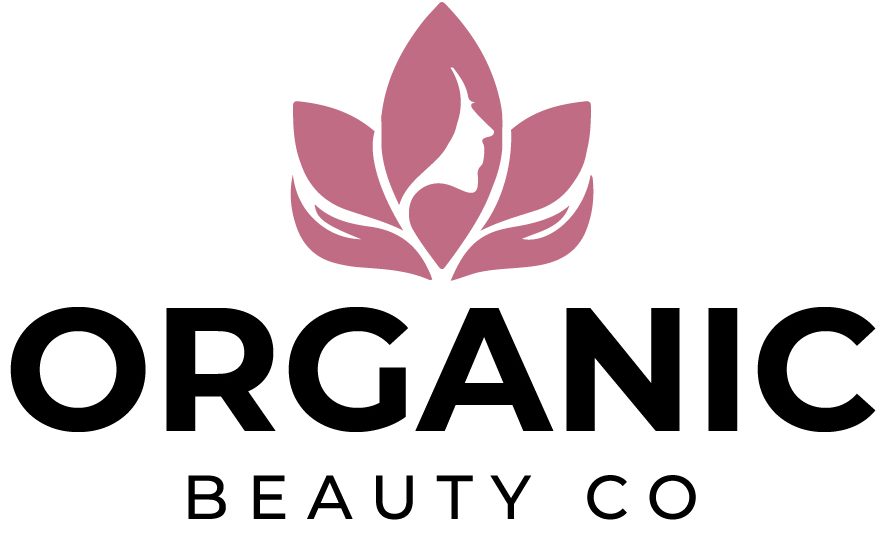In the bustling realm of YouTube, where creators wield their influence over millions, one particular star has emerged, challenging conventional narratives surrounding princess costumes. With a blend of insight, charisma, and advocacy, they embark on a journey to dissect the significance of representation in children’s attire, shining a spotlight on the often-overlooked issue of diversity in princess costumes.
In a world where fairy tales have long held sway, the image of the princess has been deeply ingrained in the collective consciousness. However, as societal norms evolve and diversity becomes increasingly valued, questions arise regarding the portrayal of these beloved characters, particularly in the realm of costume design.
At the heart of the discourse lies the observation that traditional princess costumes predominantly feature characters who adhere to a singular standard of beauty, typically encompassing fair skin, delicate features, and flowing locks of hair. This limited representation not only fails to reflect the rich tapestry of humanity but also risks excluding children who do not see themselves reflected in these archetypes.
The YouTube star delves into the complexities of this issue, highlighting the profound impact that media representation can have on young minds. From an early age, children are inundated with images of princesses who conform to a narrow ideal, leading to the internalization of beauty standards that may be unattainable for many.
Furthermore, the lack of diversity in princess costumes sends a subtle yet powerful message about who is deemed worthy of embodying the role of a princess. For children from marginalized communities, the absence of characters who resemble them can reinforce feelings of exclusion and inadequacy, perpetuating harmful stereotypes and eroding self-esteem.
Drawing upon personal anecdotes and insights from experts in child psychology and cultural studies, the YouTube star crafts a compelling narrative that underscores the urgency of addressing this issue. They emphasize the importance of offering a diverse range of princess costumes that celebrate different ethnicities, cultures, and body types, thereby fostering a sense of inclusivity and belonging among children of all backgrounds.
Through meticulous research and heartfelt storytelling, the YouTube star navigates through the complexities of representation in children’s media, weaving together a narrative that resonates with audiences of all ages. They challenge viewers to interrogate their perceptions of beauty and privilege, encouraging them to advocate for greater diversity in the products available to children.
In their quest for inclusivity, the YouTube star does not merely critique existing norms but also offers tangible solutions for moving forward. They champion the work of costume designers and manufacturers who prioritize diversity and representation, applauding initiatives that strive to create inclusive products that reflect the world in all its vibrant hues.
Moreover, the YouTube star calls upon parents, educators, and consumers to wield their collective power in shaping the market demand for diverse princess costumes. By voting with their wallets and actively supporting brands that embrace inclusivity, individuals can send a clear message that representation matters and that all children deserve to see themselves reflected in the stories they love.
As the video reaches its conclusion, the YouTube star leaves viewers with a sense of empowerment and hope, urging them to join the movement for change. Through small yet meaningful actions, they remind us that we can all play a role in creating a world where every child feels seen, valued, and celebrated for who they are.
In the end, the YouTube star’s message reverberates far beyond the confines of the screen, sparking conversations and igniting a collective desire for a more inclusive and equitable future. With their unwavering commitment to advocacy and their ability to inspire change, they stand as a beacon of hope in the ongoing quest for representation and diversity in children’s media.

